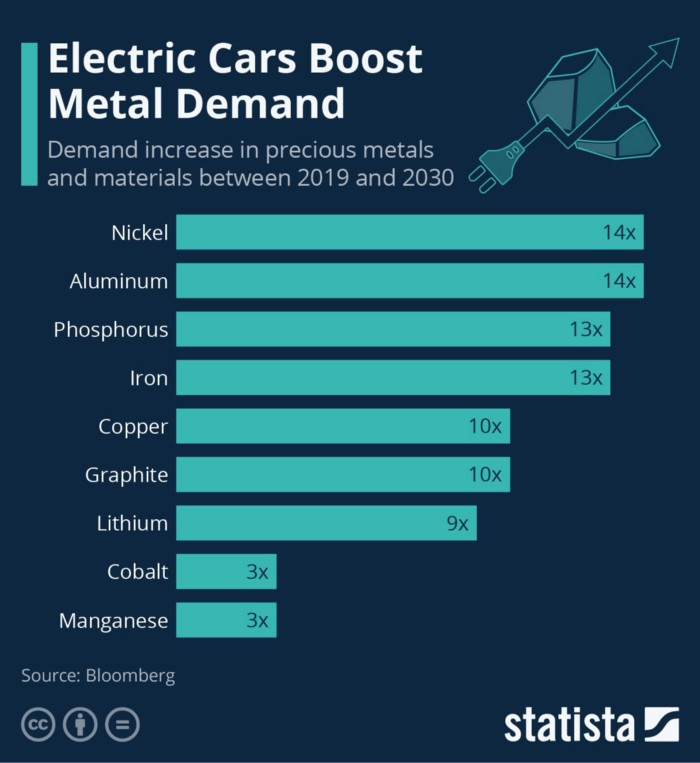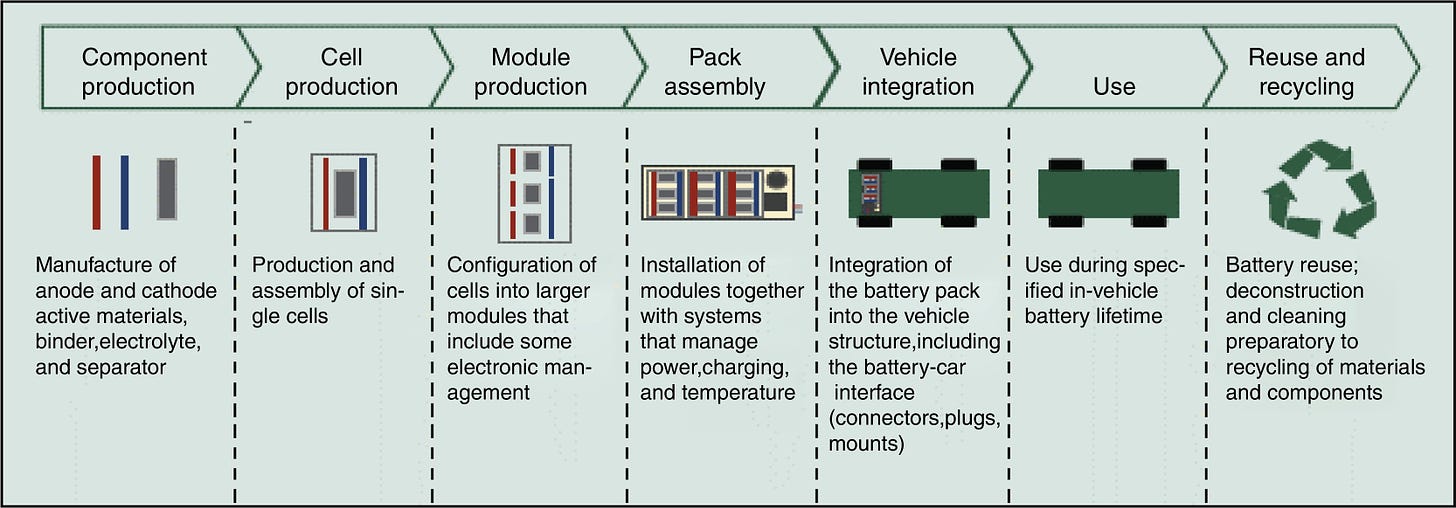Time Investors, today we will break down the Softbank Vision Fund: the largest tech fund in the world, which is determined to be an agent of change to accelerate the AI revolution.
📖What is the SoftBank Vision Fund?
The inception of the Vision Fund begins with the samurai grit, discipline, vision, and fearlessness of Japanese billionaire, Masayoshi Son, founder and CEO of SoftBank Group. SoftBank Group is built on the spirit of the Kaientai, a company led by Japan’s renaissance man and samurai Sakamoto Ryōma. The Kaientai had a 100-year vision for the future of Japan, and they put everything on the line including sacrificing their lives to transform Japan into a modern and prosperous state. Fast forward 145 years later, from the day the seeds were planted in SoftBank Group, Masa embarked on his journey with a remarkable superpower to anticipate the future and build the capital systems to propel the reality of that future. Today SoftBank Group stands among giants as the world’s third most profitable company in the world delivering $45.8 billion in net profits. This success is shaped by a consistent vision built on the spirit of innovation, visionary leaders, a talented pool of human capital, and a successful track record in lucrative investments such as the Alibaba Group, Sprint/T-Mobile, Arm, Yahoo Japan, and many others.
Now, Masa is fundamentally convinced that an AI revolution is exponentially evolving and will consume every industry in the world. This
ultimate thesis spawns the birth of the Vision Fund which amassed
$100B in under 8 months by May of 2017. To put this in perspective the entire Global VC industry invested near
$300B in 2020. Ultimately, to understand the feat of this achievement you must observe the Jedi powers of Masa and Rajeev Misra, CEO of SoftBank Vision Fund, which during the fundraising process for the Vision Fund 1 raised $45B in 45 minutes (
B per minute) from Saudi Arabia’s Public Investment Fund. This was followed by a personal commitment of
$30B from the SoftBank Group and then the world’s most profitable company Apple, Qualcomm, Foxcomm, Larry Ellison, and Muabadala (UAE) as the key Limited Partners to achieve the jaw-dropping target. The sheer size of the Vision Funds cannot be ignored, and thus competition will follow through. Large investors like Tiger Global, T. Rowe Price, China New Era Technology Fund, Sequoia, and many others will attempt to ride the wave of the “mega-funds”. SoftBank Vision Funds has tapped the power of financial markets and rattled the VC world. And as we all know when disruptors arrive you either must evolve and compete or end up losing out. The game has changed and SoftBank has redefined the technology investing ecosystem. Now let us break down some critical facts:
What is the Vision Fund Goal?
- The goal of the Vision Funds are to accelerate the AI revolution, by $130 billion in the businesses and technologies that will help make it possible.
What regions and sectors has the Vision Fund invested in?
- The Vision Fund has a strong unmatched global presence: Americas: 36% | EMEA: 18% | Asia: 46% (China 28%)
- The Vision Fund is industry agnostic.
What is the market value of the total Vision Fund and where does it sit in the SoftBank Group family?
- The SoftBank Group net asset value is $236B with the Vision Funds contributing about 25%. Masa expects the Vision Funds to be the largest contributor soon. Uniquely, unlike the Vision Fund 1, Vision Fund 2 is solely funded by the SoftBank Group.
How large is the Vision Fund ecosystem?
- The Vision Fund seems to be building the framework for the Berkshire Hathaway of the future! 187 companies are part of the ecosystem between the funds.
What stage of investing does the Vision Fund focus and what is the average size of investment?
- The Vision Fund focuses on late stage investing when the company has established itself to be a potential market leader.
- The average investment amount for the Vision Fund 1 was between $300M to $400M. For Vision Fund 2, the average investment amount is 90M.
What stage of investing does the Vision Fund focus and what is the average size of investment?
- The Vision Fund focuses on late stage investing when the company has established itself to be a potential market leader.
- The average investment amount for the Vision Fund 1 was between $300M to $400M. For Vision Fund 2, the average investment amount is 90M.
🤯Future of the Vision Funds
The SoftBank Vision Funds goal can be summarized into one movement: The AI Revolution. Masa and Rajeev continue to emphasize that their Alpha is the ecosystem that is constantly being built and evolving. The 224 companies across the portfolio will produce substantial financial and social impact to humanity.
As a start-up, growth investment firm, the Vision Fund is now entering a chapter of building a sustainable system that can achieve recurring gains, or as Masa puts it “produce golden eggs”. The systematic approach is necessary to ensure consistency across the discovery process, and more importantly the financing process which is a strategic resource of SoftBank.
Vision Fund 1 is now in the value creation phase. Alongside the operational and financial support, the firm is giving its companies, they also continue to monetize select investments with the goal of maximizing IRR and distributions to LPs.
Last year 26% of the Vision Fund 1 portfolio – based on fair value – was comprised of exited and public investments. Now that figure is 58%, which provides remarkable valuation transparency into the fund.
There is a significant number of private Fund 1 companies that are yet to be monetized. When they are, it will extend the fund's track record of distributions to investors.



